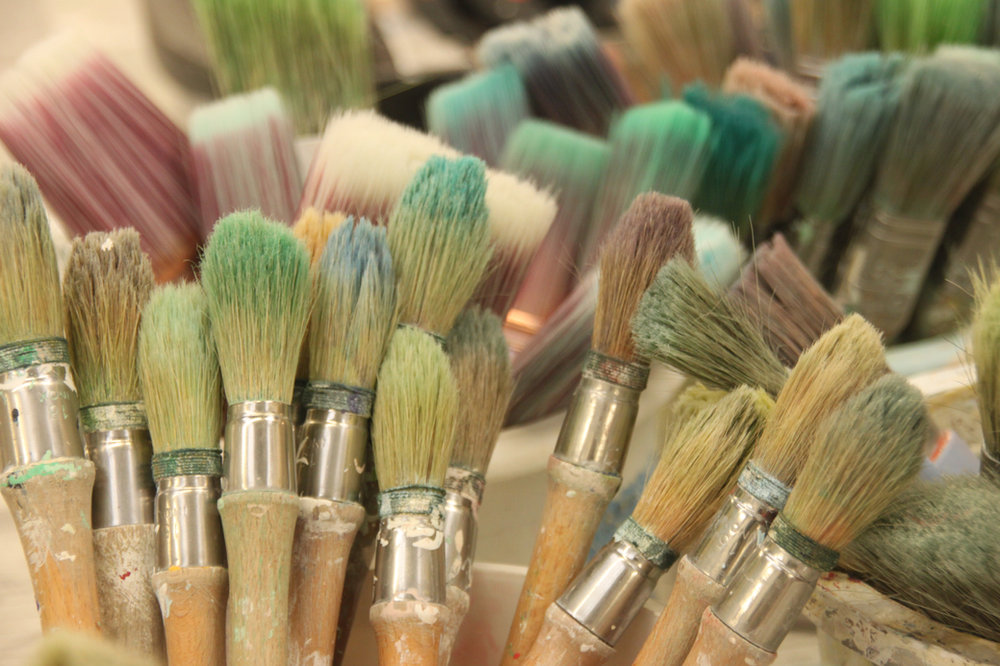
What called you to teaching? Was it the excitement of witnessing a child finally grasp a concept in math with which he had been struggling? Did you love reading and want to be a part of instilling that in new readers? Were you drawn to the energy of a classroom of small children, or did you have a great teacher (or two or three or five) who inspired you to teach? There are as many different motivations for teaching as there are teachers. As teachers and future teachers, we know that this is a deeply personal and relationship-driven work, one in which our own experiences, both in and out of school, influence our work every day, one in which the experiences of our students are both critically relevant and impossible to fully understand. We may be drawn to the work because of its humanitarian nature, or we may love the pedagogical precision of introducing new concepts. We may appreciate and want to prolong the innocent wonder of childhood, or we may realize that childhood is perhaps the best time to establish the habits and mindsets of scholarship.
Teachers assume many roles and intent, and even when our own work is very different from another teacher’s, our overarching goals and motivations often hold a lot in common. Even when we enact it in different ways, we are all drawn to the work of teaching because we think our teaching will make some difference. We think our teaching may do some good.
Consider then, the different roles you may describe for your work as a teacher. We know the primary ones as Montessori teacher: scientist, servant and saint. But also: facilitator, lecturer, parent support, disciplinarian, emotional guide, bureaucrat, police officer, paper cutter, photocopier, playground supervisor, transit authority, colleague, comedian, custodian, educator.
Of the many roles that you may accept, I’ll encourage you to add one more: As a teacher, you are an artist, your medium the children you serve. Thinking of teaching as an art elevates our work from the pedantic to the profound. When we think of ourselves as artists, we set both a very high standard for the evocative nature of our work and a deeper compassion for the difficulty challenges we will face in pursuing that standard. The process of creating art is both essential to children’s development and paramount to the product of that process. Thinking of our own teaching from the same lens challenges us to prioritize the interactions between teacher and student rather than the grade. In both art and teaching, attending to the work itself rather than the outcome of that work raises the authenticity of the outcome.
Consider the work of the artist: to create, to reflect, to interpret, to challenge. Artists seek to make a new kind of sense of the human condition, to present image, movement, word and sound in ways that stimulate new thinking. Whether an artist is working in a representational medium or a fully abstract one, the process intends to capture some element of our experience to make it evident and available in new ways. The artist seeks to establish new knowledge, either in the interpretation of known phenomena or in the creation of original ones.
Likewise, the teacher seeks to create, to reflect, to interpret and to challenge knowledge in his students. Teachers seek to make a new kind of sense in the minds of their students, to present image, movement, word and sound in ways that stimulate new thinking. Whether you are working with concrete concepts or supporting the development of abstract understanding, the process intends to capture some element, some concept or content, to make it evident and available in new ways. The teacher seeks to establish new knowledge, in his students’ interpretation of known phenomena or in the creation of new ideas. In our daily practice, we, too, struggle with whether our work is primarily about the development of skills needed in vocation or in the elevation of the human experience.
For many teachers, thinking of our work as art can be intimidating. Most of us don’t consider ourselves artists, and we may not even think of ourselves as “good at art.” But if we define art as “the expression of that which is beautiful, evocative or significant,” then teaching is very much an art form and teachers become artists, in daily practice with as many “works” as children they teach. Artists observe the world, reflect upon those observations and struggle to express the meaning they make in that reflection through their media. Artists intend to transform their media from that which is unmolded to that which expresses new meaning, to evoke abstract understanding through concrete action. Likewise, teachers observe their classrooms and students, reflect upon those observations and struggle to express what they understand about the needs they observe through their lessons. Teachers intend to transform their students from that which is unmolded to that which internalizes new meaning, to support the development of abstract ideas through the concrete experiences of the classroom. And, like artists, sometimes the work we do inspires and sometimes we can’t find our audience. Sometimes we are recognized for the profound influence we cast, and sometimes we’re unappreciated and underfunded. And, like artists, while most of may never be the next Picasso or Mozart, recognized around the world for our genius, our art, our work, is essential and meaningful, even if only to individuals who enjoy it every day. In art and in teaching, it is not the celebrity that creates the value: it is the personal relationship between artist and medium, the meaning evoked through the interaction that defines its worth.
#teachertalk #ForTeachers #Theory
